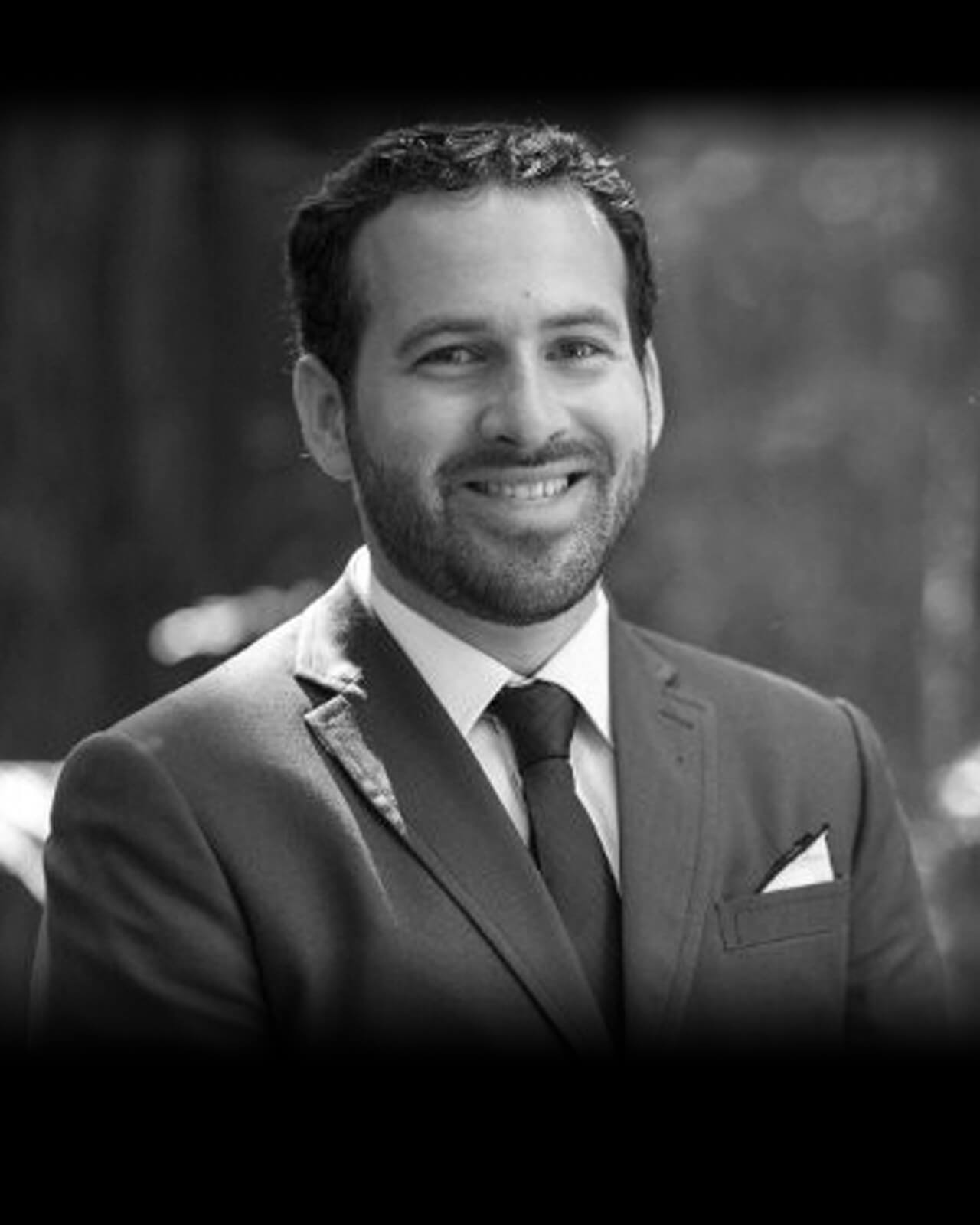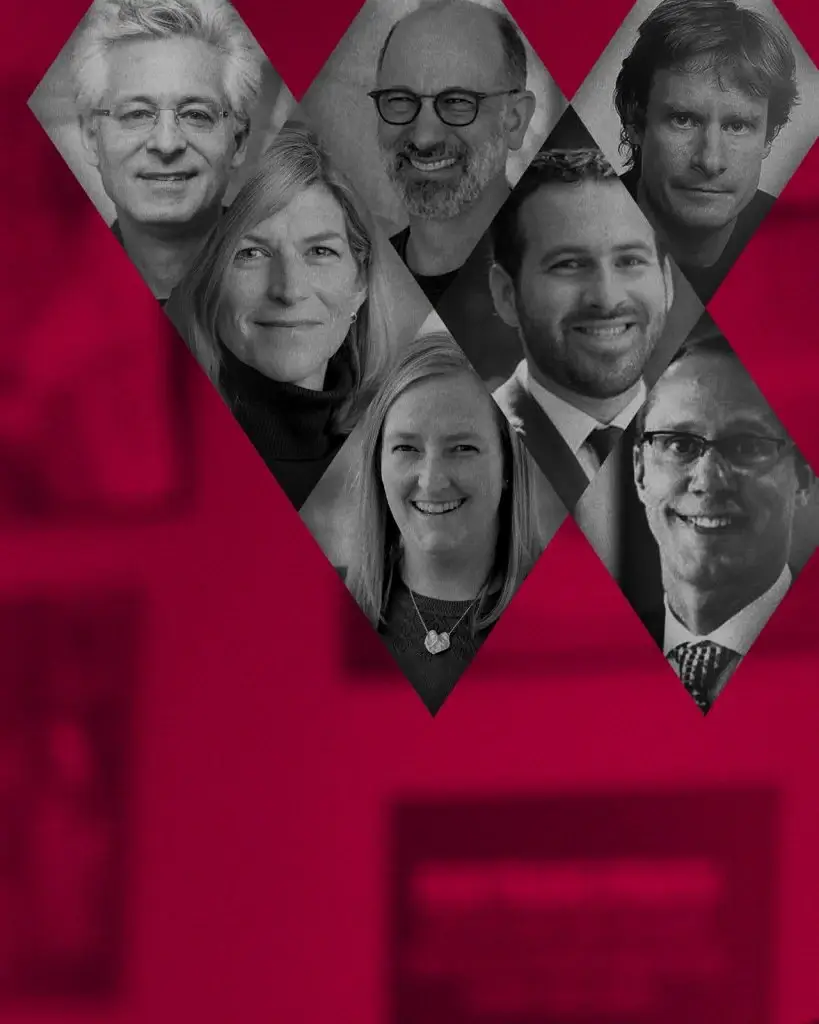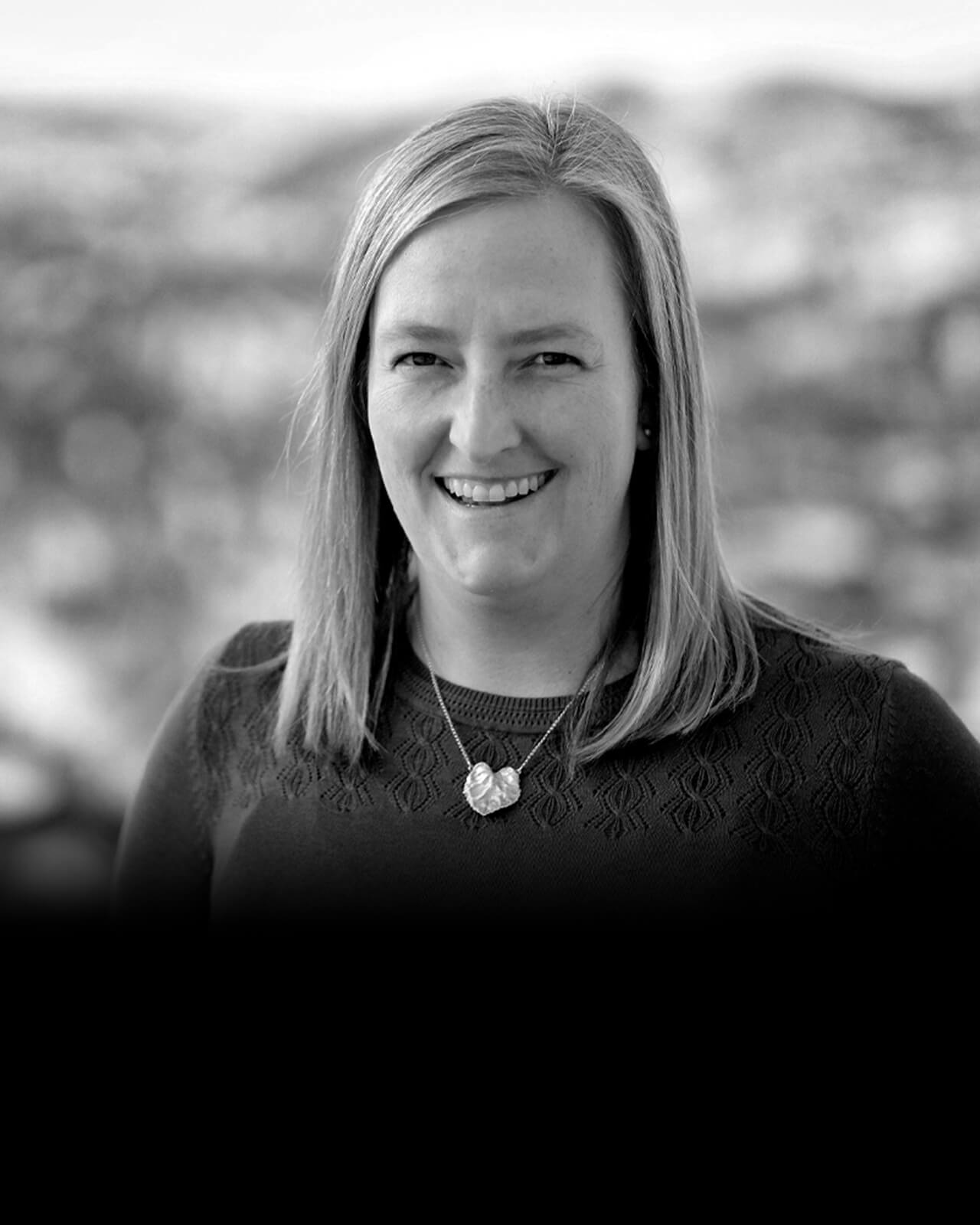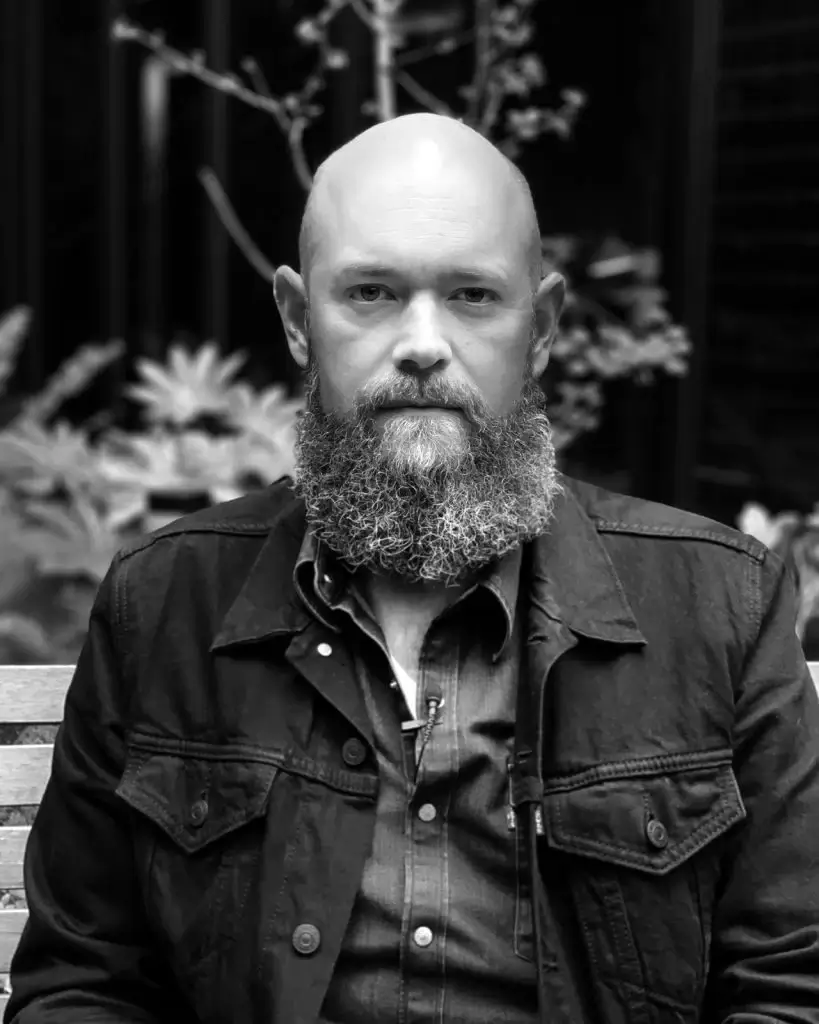Louder than words: Responsible business leadership
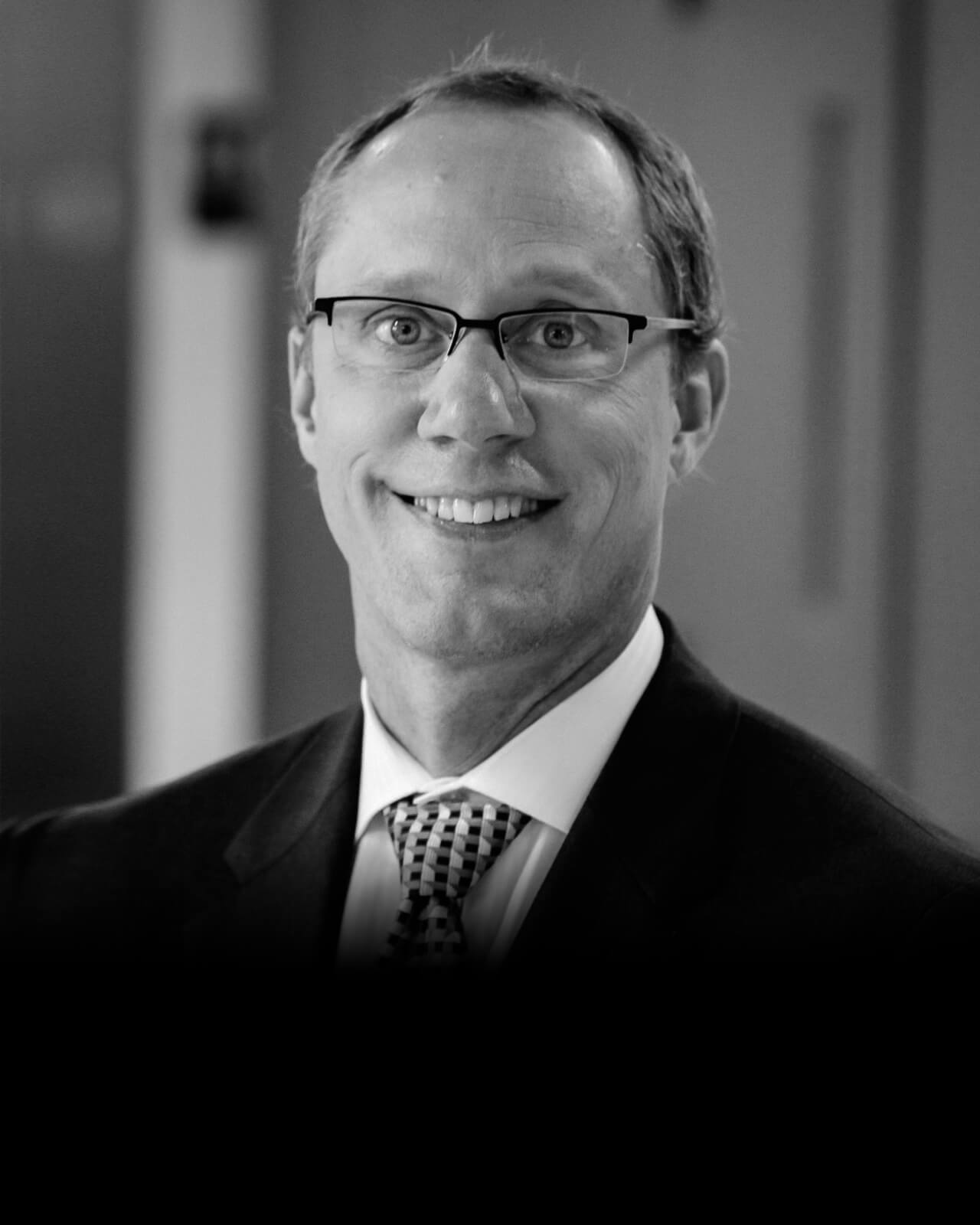
AHA talks with Jeff Senne, PwC US
Jeff Senne oversees the Responsible Business Leadership program at PwC US, where he drives the firm’s efforts to live its purpose and engage more than 57,000 partners, principals and staff in living theirs. Jeff leads the team responsible for investing the firm’s resources in underserved communities through commitments that include creating access to tech education, building a skills-based pro bono culture and reducing carbon emissions across the firm. AHA has worked with Jeff on leading a strategy change at PwC from corporate responsibility to responsible business leadership. We caught up with him recently to discuss the current state of corporate responsibility.
Tell us about the genesis of responsible business leadership.
Jeff: The idea for us was to move from corporate responsibility to responsible business leadership (RBL). I think the point of RBL is to go beyond bolt-on corporate responsibility and philanthropy efforts and more to integrating environmental, social and governance issues into the core business strategy in a variety of new and different ways.
What’s been the biggest change you’ve seen in COVID times?
Jeff: How energized our employees have gotten on these issues. Our chairman, Tim Ryan, has always been out front on diversity and inclusion, and he always invites our employees to get in touch with him. In the last few months, with the awakening we’ve seen across the country, he’s getting thousands of emails from employees asking questions, wanting clarification on what we’re doing as a firm. What’s also interesting is that a lot of the things employees asked us to do, we’re already doing; they just weren’t aware of it. So I’ve learned that we haven’t communicated sufficiently with our people about our societal efforts. PwC is, of course, not alone in that challenge.
I think the most potent place for business to play is where we’re trying to scale good.
We often see that sort of blindness to internal communication. Is it a case of CSR folks not communicating well enough, or were employees not paying attention?
Jeff: A bit of both. The internal and external communication of what is happening can get garbled in the blender of protocols. There are parameters we need to adhere to with our communications, which tends to create some vagueness and lead some people to disengage. Employees get to where they don’t expect internal communications to have much informational value.
How do we get past that?
Jeff: One way to get past it is to start focusing on actions. Let’s consider tying diversity goals to compensation. Say, for example, for professionals who are responsible for leading project teams, 25% of one’s bonus is determined by the diversity of the project team. This creates a very different reality for managers than just talking about D&I. People start to pay attention to D&I messages because they’re being measured on outcomes. It’s the right thing to do, and there’s also a financial incentive for them to do it.
It seems like culturally we’re in the middle of defining a new role for business in society. You’ve spent time at the U.N. and in NGOs, as well as in the private sector. What is your perspective on the role business should play post-COVID?
Jeff: I think the most potent place for business to play is where we’re trying to scale good. It’s about finding the intersection of business significance and societal significance, and layering onto that your ability to make change in an area. It should be tightly aligned to what your business does and the unique talents you can bring to bear.
That sounds so simple. Why do we struggle with it so much?
Jeff: Because we can get caught up in treating corporate responsibility as a messaging exercise, which means we have to respond to all the frameworks. Fundamentally, when I look at things like the SDGs (United Nations Sustainable Development Goals), these are written for the government. The SDGs were not written to be businesses’ call to action—nor were they intended to be. But we feel obligated to respond. You see businesses wrestling with them, and they may end up with some gratuitous paragraph in their report saying, “This is where we feed into these SDGs, and OK, we’re good.” It turns into a marketing effort. And people can tell the difference between commitment and box checking.
The bigger the problem, the more leverage you need, which means individual companies need to collaborate to create real change
It sounds like business needs to get more strategic in this area—and more precise. To get clear on their wheelhouse and stop trying to say they’re doing everything.
Jeff: If an issue is not significant to your business and it’s not significant to stakeholders, then you shouldn’t be doing it. If the issue is significant to both, then you look to see if you have leverage on that issue, if you can bring a real ability to create change. The bigger the problem, the more leverage you need, which means individual companies need to collaborate to create real change. And you’re starting to see that more and more. But this equation of finding where there’s a clear business value, where there’s a clear societal value and where you somehow have that leverage to create change—that’s the role business should play in society.
Does this push you to go deeper on the issues you choose to take on?
Jeff: Yes. At PwC we’re becoming more “vertically integrated” around diversity and inclusion. Forgive the consultant-speak but the metaphor’s instructive. As we thought about how we build on our culture to be more equitable and inclusive, we realized we had to revisit and enhance our hiring practices to be more diverse and our development practices to provide ethnically and racially diverse people the experience and the advancement that will help keep them here.
But then we also realized that we needed to boost the whole supply chain of diverse talent. We had to go upstream to grow the population of diverse candidates to hire. So we’re focused on supporting K–12 education in underserved communities, and we’re focused on supporting historically Black colleges and universities and other minority-serving institutions, like community colleges. We provide funding, but we also provide technology and curriculum support and a volunteer presence in the classroom. So, again pardon the metaphor, it’s essentially a supply chain of diversity from where we hire to how we help prepare people who we want to hire. Then once they’re hired, how we keep those people engaged and growing.





